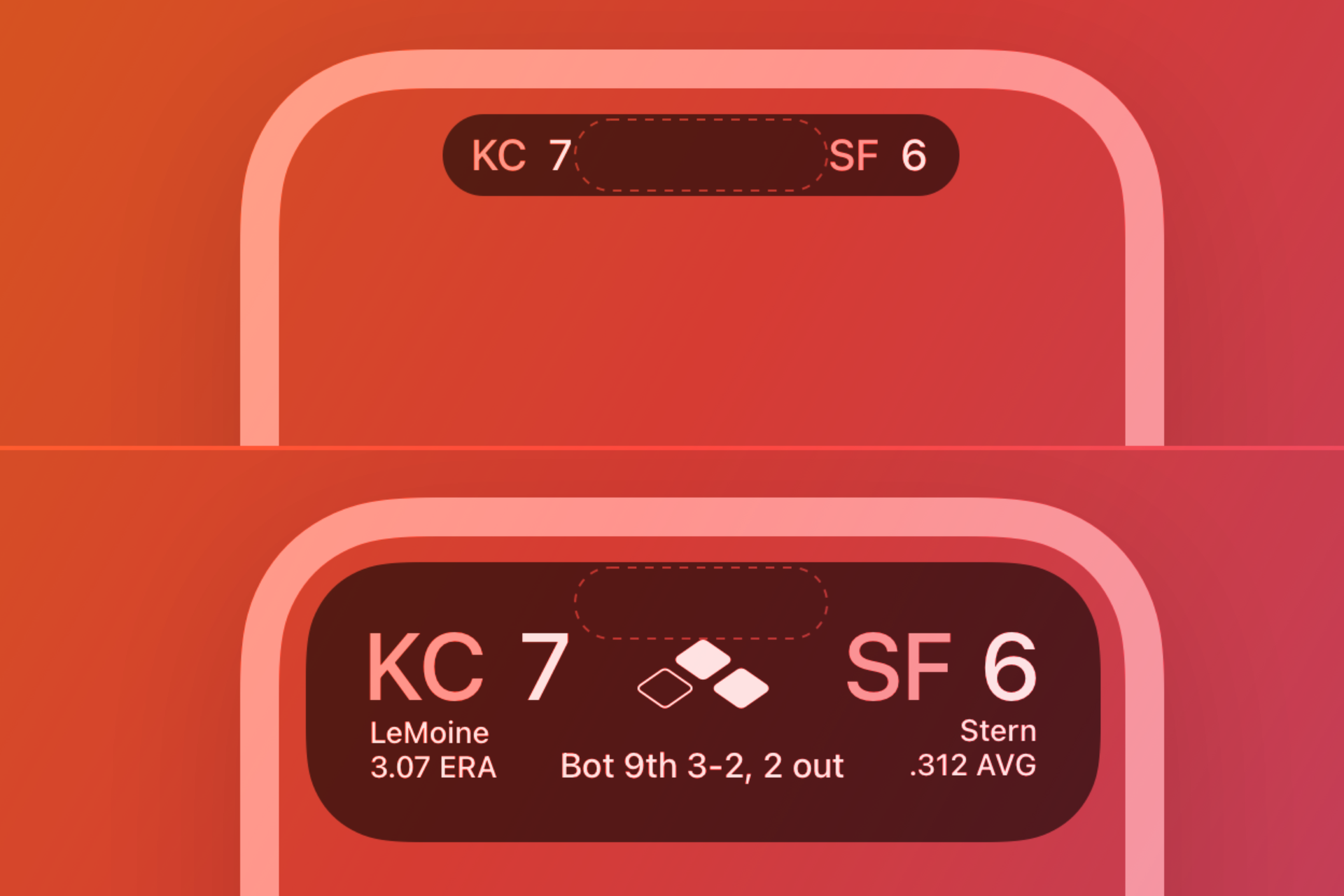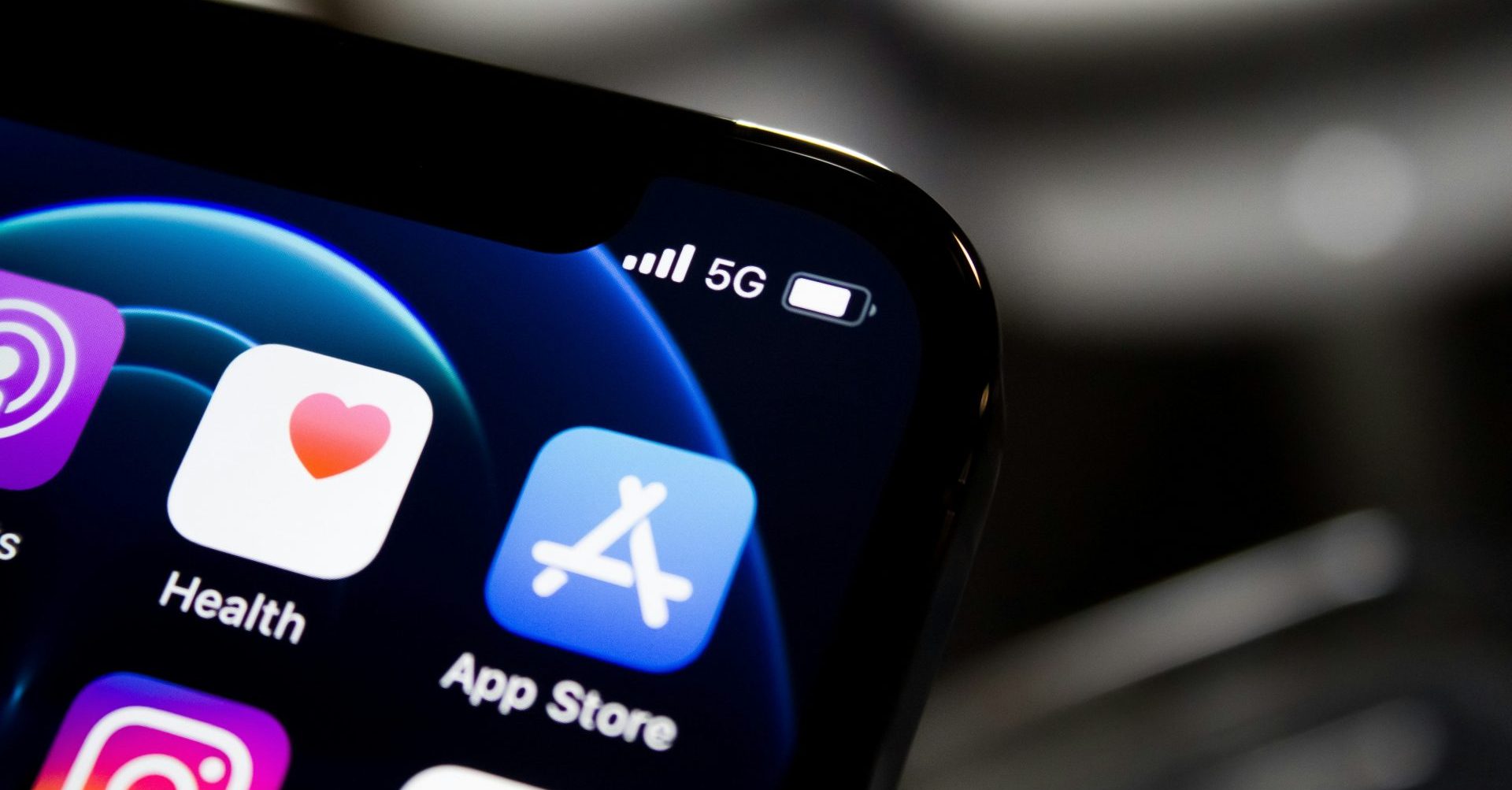
Newsletter
Newsletter
Major app store changes are coming. We have four steps for publishers to take advantage of them.
16th February 2024

In the Pugpig weekly media bulletin, Pugpig’s consulting services director Kevin Anderson and digital growth consultant James Kember distill some of the best strategies and tactics that are driving growth in audiences, revenue and innovation at media businesses around the world.
If you want to know more about how we are working with publishers like you, get in touch at info@pugpig.com.
Apple and Google have come under pressure to open up their app stores and allow alternative payment methods. In the US, the latest changes have been driven by a court case brought by Fortnite publisher, Epic. While in Europe, new regulations have forced the companies’ hands.
In March 2024, the Digital Markets Act comes into force in the EU, and both Google and Apple are having to respond. For the first time, Apple has agreed to allow third-party app stores to access the iPhone’s ecosystem. These alternative app stores will need to be approved by Apple, and once users opt-in to use a third-party app store, they can set that alternative store as their default. Apple will still scan apps for malware and notarise them, whilst developers will be required to distribute a single version of their apps across the various stores.
A developer could pay as much as the current 30% cut to Apple, or they could pay zero to the iPhone maker, depending on how they choose to distribute their app and whether they continue to use Apple’s payment service or opt for an alternative provider. If a developer chooses to use Apple’s App Store but uses an alternative payment provider, they will still need to pay Apple 17% of their revenue. If they qualify as a small business under Apple’s terms, the rate drops to 10%, but they would have to pay an additional 3% fee if they choose to use Apple’s payment services. At the other end of the sales spectrum, large app publishers who sell more than one million apps would also have to pay a €0.50 Core Technology Fee per annual download. This is unlikely to affect many, if any publishers.
Apple also just announced that it was killing progressive web apps (PWA) after the EU ruled that its Safari mobile browser also came under the DMA. PWAs are currently only supported by Safari on iOS, and the DMA would require Apple to support them on third-party browsers as well. Apple said such a move would open up the platform to malicious browser-based attacks and force it to engage in development to mitigate these risks. Apple responded by saying that the development would be time-intensive and costly for the small number of PWA users.
Although the DMA applies to Google as well, the changes would be less dramatic for the search and mobile giant than for Apple. Google has already allowed third-party app stores and sideloading, installing or transferring a file that has been downloaded on another device.
The changes in the US are being driven by years-long court cases against Apple and Google brought by Fortnite publisher, Epic. The two separate cases have resulted in two very different outcomes for the companies. Apple largely won its case but was told that the company could not engage in anti-steering behaviour. Apple had prevented app developers from directing users to alternative payment methods outside of their apps, and in the only loss in the case, a US court has ruled that Apple can’t do this, although the order is currently stayed pending appeal. The EU has recently banned Apple from engaging in the practice in Europe too.
Epic also sued Google, and while Apple won on most counts, Google lost, mostly because due to the more open nature of Android, it cut deals with app developers to keep them in the Play Store. This created a paper trail that convinced a jury that it had engaged in monopolistic, anti-competitive paper. (It didn’t help that Google destroyed messages about the deals, which the judge told the jury they could interpret that the company had something to hide). Google is being forced to pay hundreds of millions of dollars to US consumers, but other remedies are still pending. It will most likely result in Google having to allow third-party app stores in the US.
While Apple and Google fight against courts and regulators in the EU and US, Bloomberg’s Mark Gurman argues that this is just the start of app store changes around the world. For a time, the difference in regulation might require Apple to split its app store, with one store serving the EU and another serving the rest of the world, Gurman said.
Eventually, the two companies will have to balance their desire for control with their desire to maximise profits and will most likely standardise their approach to the greatest degree possible to minimise effort and maximise revenue.
In a few short years, most publishers have gone from few choices when it comes to app distribution to many more. Let us cut through the complexity to help you understand what this means for the publishing business.
The balance of power is shifting on mobile, and publishers won’t want to miss the opportunities to get closer to their customers and earn more revenue from their apps.
Here are some of the most important headlines about the business of news and publishing as well as strategies and tactics in product management, analytics and audience engagement.

Newsletter

Newsletter

Newsletter

Newsletter

Newsletter